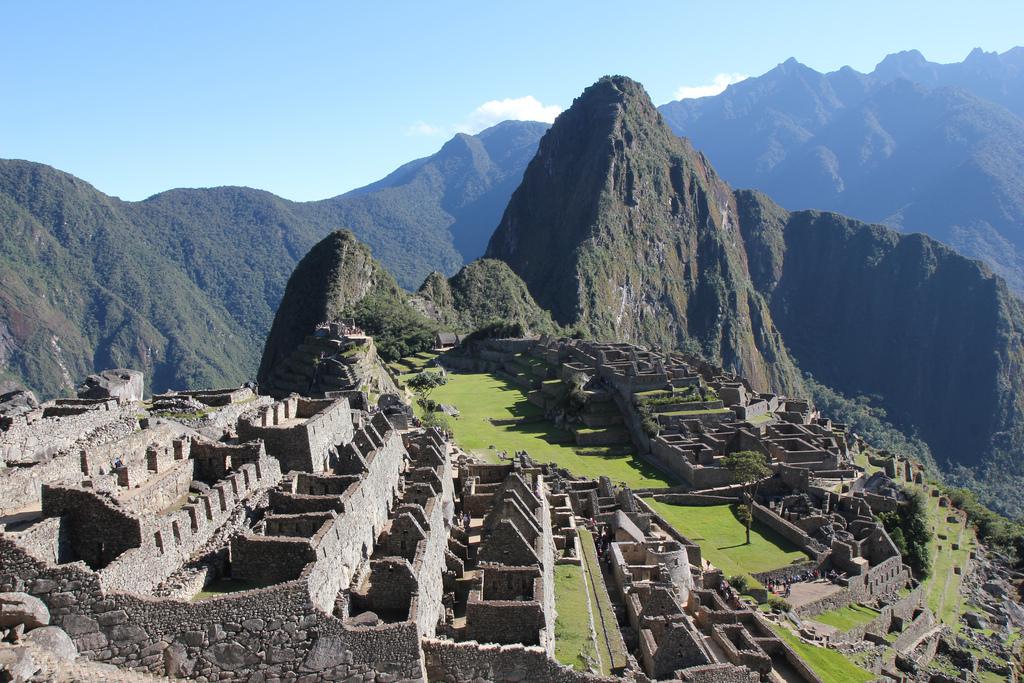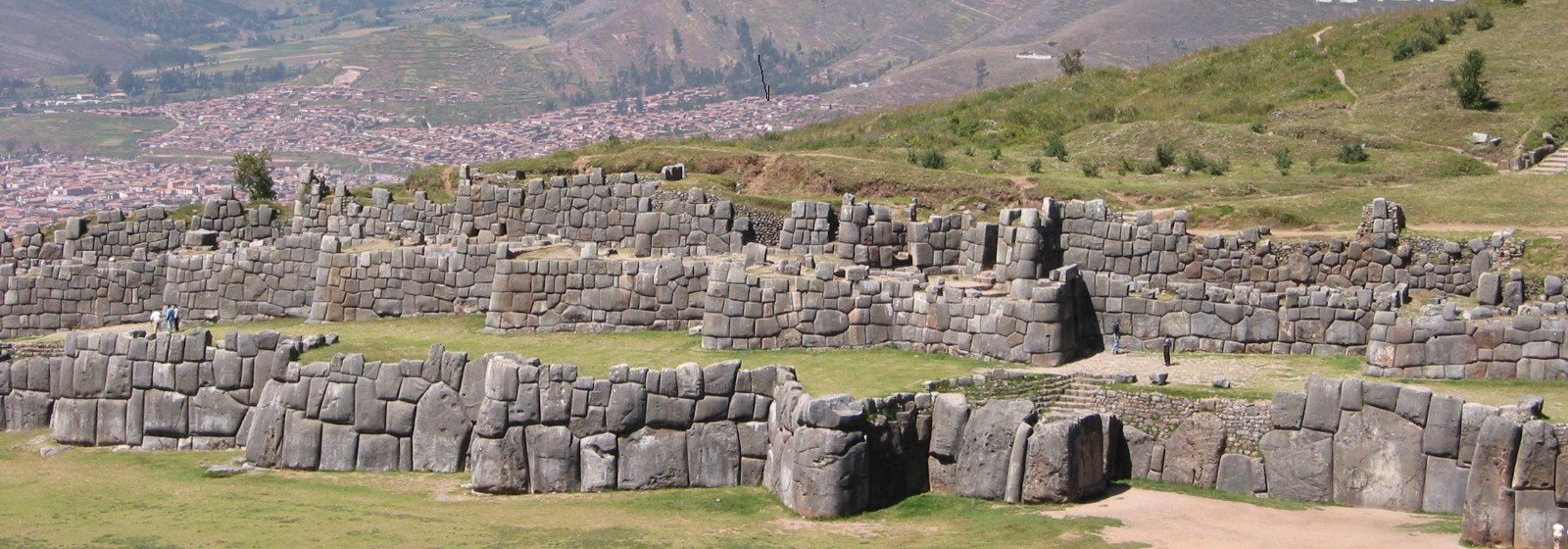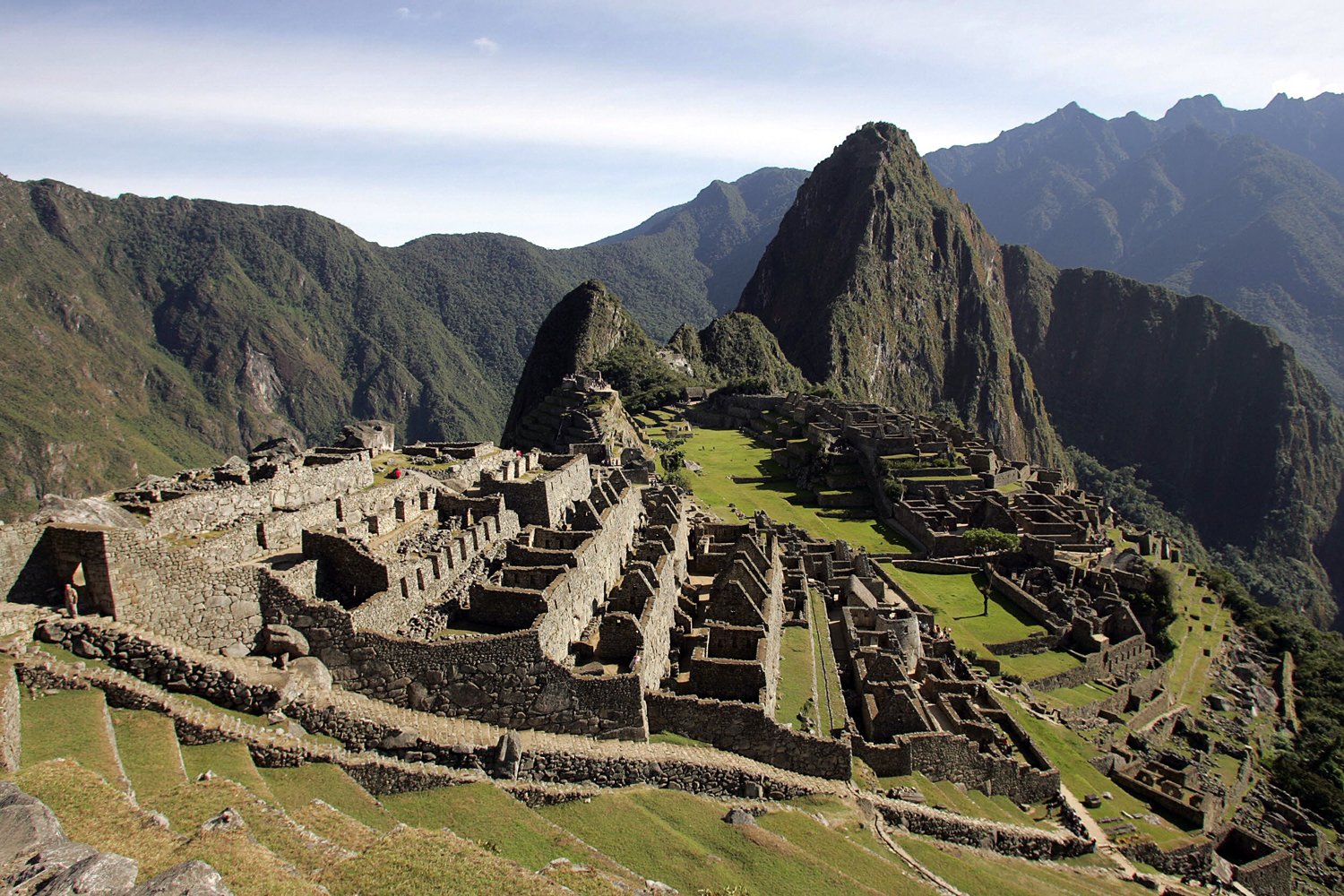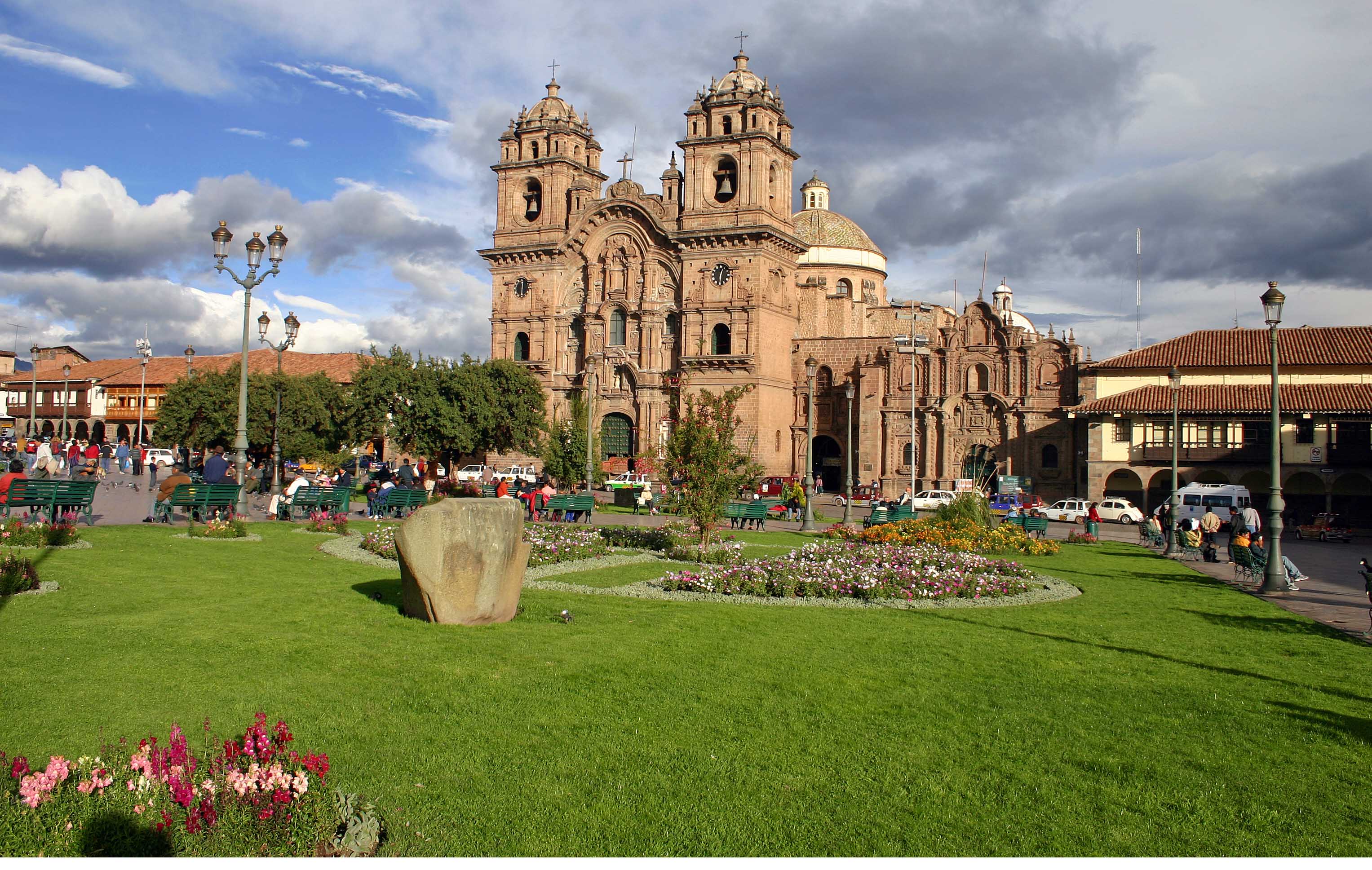Table of Contents
There is lots of information about Machu Picchu, but surfing on the internet I bumped into this beautiful article about the history of Machu Picchu.Do not hesitate to contact us whether you need to learn more about One of the Seven Wonders of the World or if you still need some more information about the Lost City of the Incas – Machu Picchu. Have a great time while reading this great history of Machu Picchu and then start plan your next vacations in Peru.
Machu Picchu Abandoned: How they kept the secret – By Gary Ziegler

Machu Picchu Inca Citadel
The history of the construction of Machu Picchu is said to have been started by order of the Inca Emperor Pachacutec during the mid-15th century as a royal estate and religious retreat. It is said that Pachacutec ordered the construction of Machu Picchu to celebrate the defeat of the Chancas, a powerful rival ethnic group. The construction of the magnificent site continued until it was abandoned shortly before the arrival of the European conquistadors in Peru in 1532.
Machu Picchu, like many Inca projects, was never completed. It surely was visited by Pachacutec’s successors, Tupa Inca and the last Emperor, Huayna Capac, although each in turn built their own estates and palaces. It is likely that few outside the Inca’s retainers, administrators and regional residents would have known of the existence of Machu Picchu. Travel outside a home region was restricted except by administrative decree.

Machu Picchu citadel and the Urubamba river
Following Pachacutec’s death, Machu Picchu became the property of his kinship group (panaka) who were responsible for maintenance, administration and continuing building. The estate was located, designed and functioned as a ceremonial center incorporating the site’s unique convergence of geographical features, sacred mountains (apus) and the Urubamba River with astronomical and cardinal alignments. According to history, the multiplicity of different ceremonial features and groups within the estate indicate that it probably hosted a complex schedule of ritual events, celebrations and important gatherings throughout the Inca calendar.
The predominance of mountain replication shrines and solstice alignments suggest that the primary spiritual focus of Machu Picchu was mountain worship and the sun. Machu Picchu’s design gives great importance to both the June and December solstice as evidenced by the number and prominence of features with a solstice focus.
Investigations by the Royal Geographical Society supported Thomson-Ziegler Expeditions have revealed a complex of ceremonial structures including a sun temple and a large worker or agricultural settlement associated with Machu Picchu at nearby Llactapata. History of these recent discoveries suggests that Machu Picchu probably served as a regional administrative and commerce center as well. Inca roads accessing Machu Picchu from the east, Cusco, Ollantaytambo, the Inca Trail and west, Llactapata-Vilcabamba, meet at a large cleared and wide terraced area north of and outside Machu Picchu’s main gate. History suggests that this was likely a staging area for llama trains, supplies, labor gangs, workers, warehouse goods and state business coming and going. Machu Picchu’s largest building, a long meeting hall kallanca, is located here.
History of the end of the Inca Empire

Depiction of the Spanish Conquerors in mural
According to history, the Inca Empire came to a tragic end when small pox and other diseases killed Huayna Capac and an estimated 2/3 of the population during the years 1524-26. In 1520, a Spanish fleet arrived at the Spanish colony at Panama carrying diseases from Europe previously unknown to the Americas. Before the Spanish arrived in Peru in 1532, these diseases had spread, eventually arriving to destroy the carefully organized Inca state. The empire then fell into a devastating civil war over Inca secession. Historians indicate that Machu Picchu was likely abandoned at this time because cost of maintenance was prohibitive as epidemic and war depleted the remaining male population.
Inca roads, particularly in rugged mountain areas, required continual maintenance. Rainfall in the Machu Picchu region is more than 70 inches annually. Rock slides regularly take out the modern railway and nearby roads. Cleared trails are overgrown by dense vegetation in less than a year. The main roads to Machu Picchu would have been rapidly lost without state organized maintenance.
Are you willing to discover Machu Picchu in a train trip?
Why the Spanish did not get to Machu Picchu
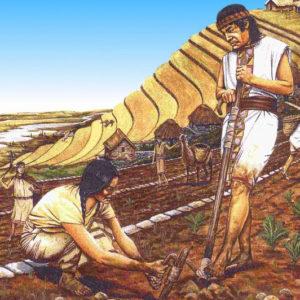
Depiction of th mit’a
It is difficult to understand from our historical knowledge of Greek, Egyptian and other great early civilizations with written records how such a magnificent site would not have been discovered by the Spanish. The Inca were a highly ordered and regimented society. Although great numbers of subjects were moved around for corporate state projects (mit’a) and resettlement, once at a location, they did not move. The royal roads were reserved for official travel. Machu Picchu as a royal estate was probably even more restricted.
Of course it would have required a steady supply of outside goods. Machu Picchu, like most Inca sites, was undergoing continuing construction and had a resident crew of builders as well as attendants, planters etc.
A summary of the writing of the Incas
History suggests that the Incas were apparently able to control their remarkable state system through a pyramidal hierarchy with information and direction flowing down through 10 overseers to 100, to a 1000 and so on. We know from historical writing and the archaeological record that they did not possess an alphabet or written language although they certainly utilized symbols and diagrams.

Quipu of the Inca Culture
We know that the Quipu (collection of colored strings and knots) was extensively used as an accounting and record keeping device. History indicates this required a trained interpreter/programmer to accompany it. Although known and used during the early colonial period the technique was not documented and lost to history. The Inca also maintained a class or guild of verbal historians. What records the state may have kept and how remains a mystery.
With the catastrophic collapse of Inca infrastructure following arrival of the Spanish, these specialists/historians were scattered and forgotten. The Spanish, mostly illiterate, uneducated adventurers had little interest in seeking or preserving anything not producing wealth and power. By the time scholars and responsible administrators arrived the information on the history of the Incas and its tradition was lost.
How we lost the history of Machu Picchu

Spanish conquerors before entering Peru
When the conquering Pizarros arrived in Cusco in 1532, Machu Picchu must have been mostly forgotten and the few who remembered, died without revealing its location to the Spanish. Machu Picchu or whatever its name at the time, would not have been of much importance to either the crumbling Inca state or the treasure hungry Spanish.
Discover the influence of the Spanish culture in Peru in a half a day tour.
According to history, Manco Inca, an Inca king set in place by the controlling Spanish, staged a country wide rebellion in 1536. After a failed siege of Cusco, Manco, along with remnants of the court, army and followers, abandoned his headquarters at Ollantaytambo. Fleeing back into the remote Vilcabamba beyond Machu Picchu, He burned and destroyed Inca settlements and sites accessible to the Spanish including Patallacta at the start of the now famous trail to Machu Picchu. Of course by now, the trail and the site itself would have been overgrown by cloud forest and the approach blocked by seasonal landslides that so hinder backcountry travel in Peru.



